Menu
Vegetables & Fruits
Vegetables & Fruits
د.م.80Original price was: د.م.80.د.م.60Current price is: د.م.60.Select options This product has multiple variants. The options may be chosen on the product pageد.م.600Original price was: د.م.600.د.م.300Current price is: د.م.300.د.م.300Original price was: د.م.300.د.م.250Current price is: د.م.250.Select options This product has multiple variants. The options may be chosen on the product pageVegan Meat
Vegan Meat
د.م.80Original price was: د.م.80.د.م.60Current price is: د.م.60.Select options This product has multiple variants. The options may be chosen on the product pageد.م.600Original price was: د.م.600.د.م.300Current price is: د.م.300.د.م.300Original price was: د.م.300.د.م.250Current price is: د.م.250.Select options This product has multiple variants. The options may be chosen on the product pageSeafood
Seafood
د.م.80Original price was: د.م.80.د.م.60Current price is: د.م.60.Select options This product has multiple variants. The options may be chosen on the product pageد.م.600Original price was: د.م.600.د.م.300Current price is: د.م.300.د.م.300Original price was: د.م.300.د.م.250Current price is: د.م.250.Select options This product has multiple variants. The options may be chosen on the product page- Dairy
Dairy
د.م.80Original price was: د.م.80.د.م.60Current price is: د.م.60.Select options This product has multiple variants. The options may be chosen on the product pageد.م.600Original price was: د.م.600.د.م.300Current price is: د.م.300.د.م.300Original price was: د.م.300.د.م.250Current price is: د.م.250.Select options This product has multiple variants. The options may be chosen on the product page Bakery
Bakery
د.م.80Original price was: د.م.80.د.م.60Current price is: د.م.60.Select options This product has multiple variants. The options may be chosen on the product pageد.م.600Original price was: د.م.600.د.م.300Current price is: د.م.300.د.م.300Original price was: د.م.300.د.م.250Current price is: د.م.250.Select options This product has multiple variants. The options may be chosen on the product pageBeverages
Beverages
د.م.80Original price was: د.م.80.د.م.60Current price is: د.م.60.Select options This product has multiple variants. The options may be chosen on the product pageد.م.600Original price was: د.م.600.د.م.300Current price is: د.م.300.د.م.300Original price was: د.م.300.د.م.250Current price is: د.م.250.Select options This product has multiple variants. The options may be chosen on the product pageWeekly Discounts




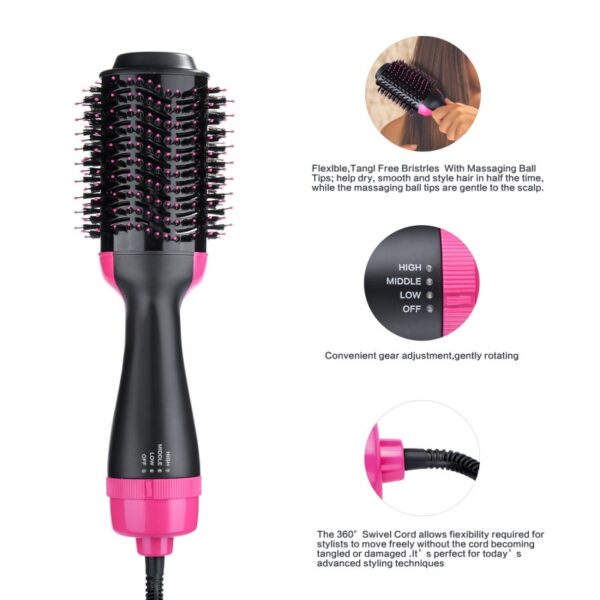
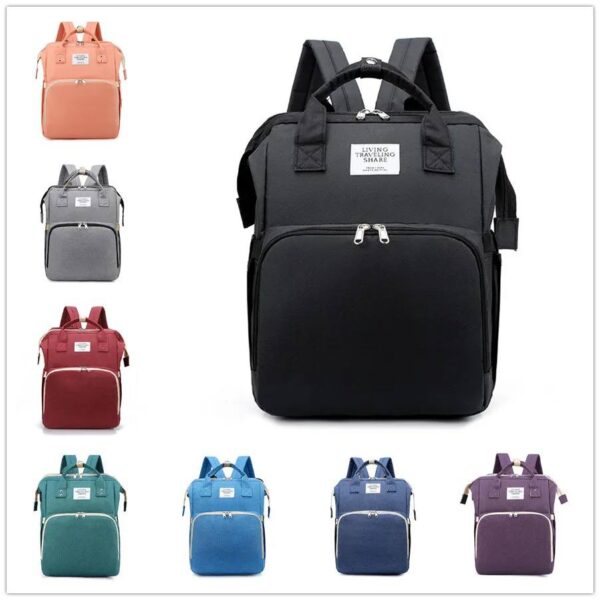




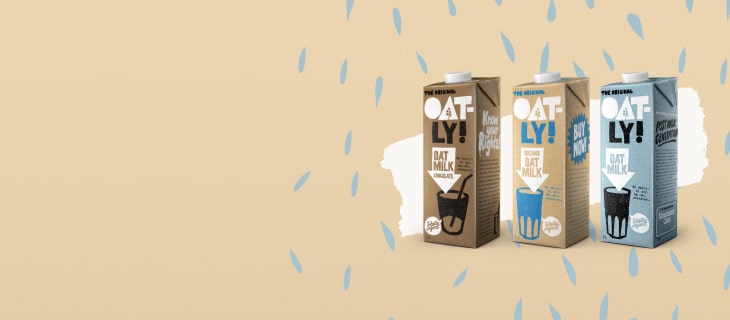

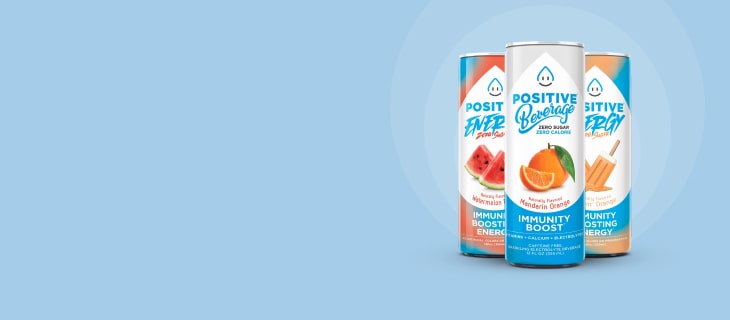






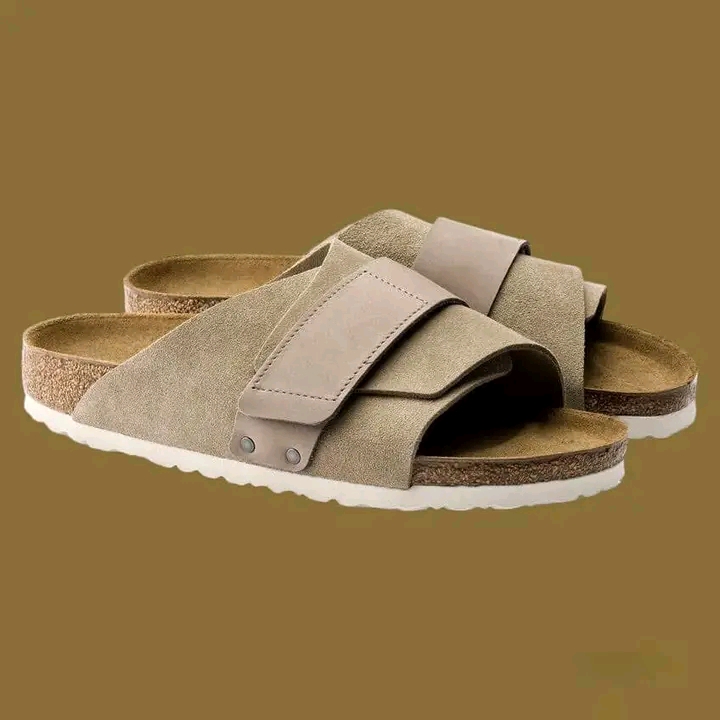
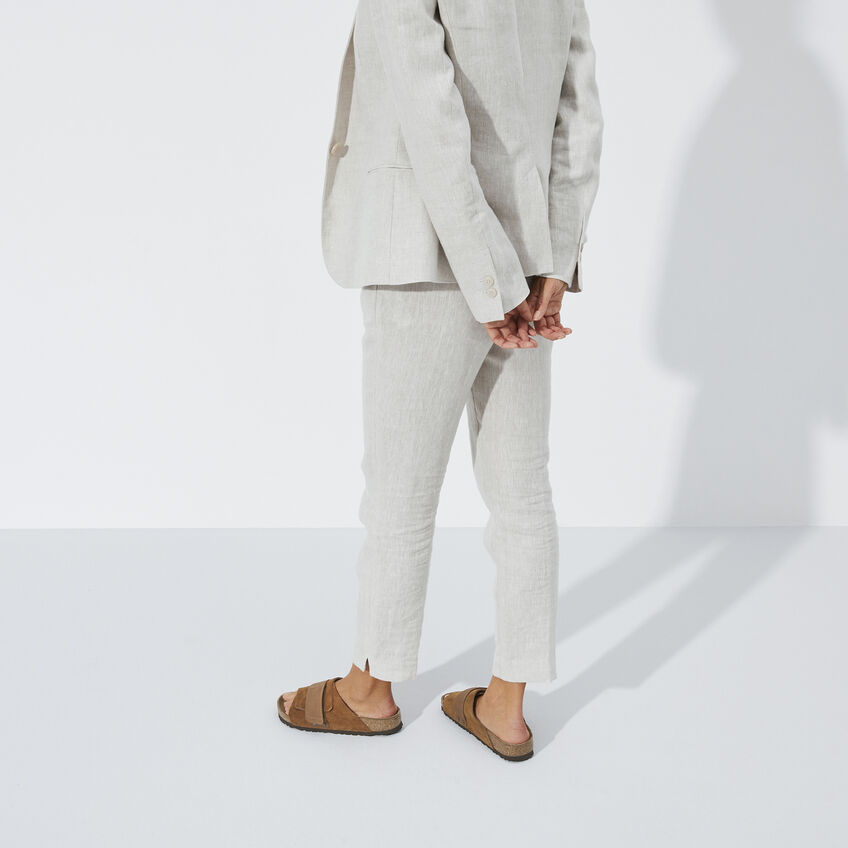
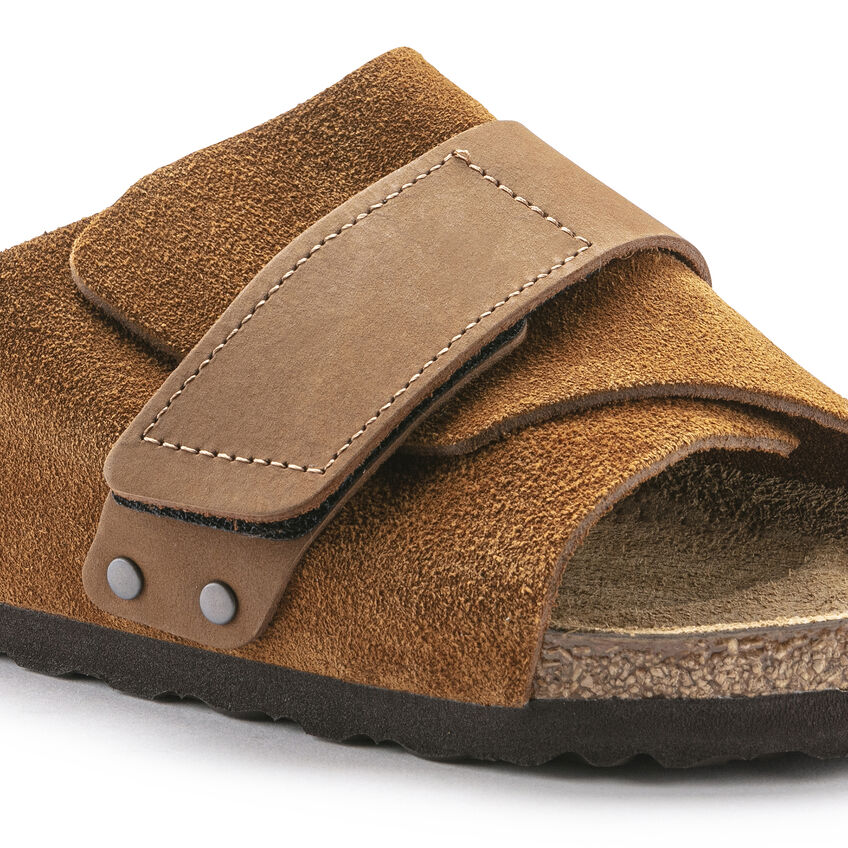
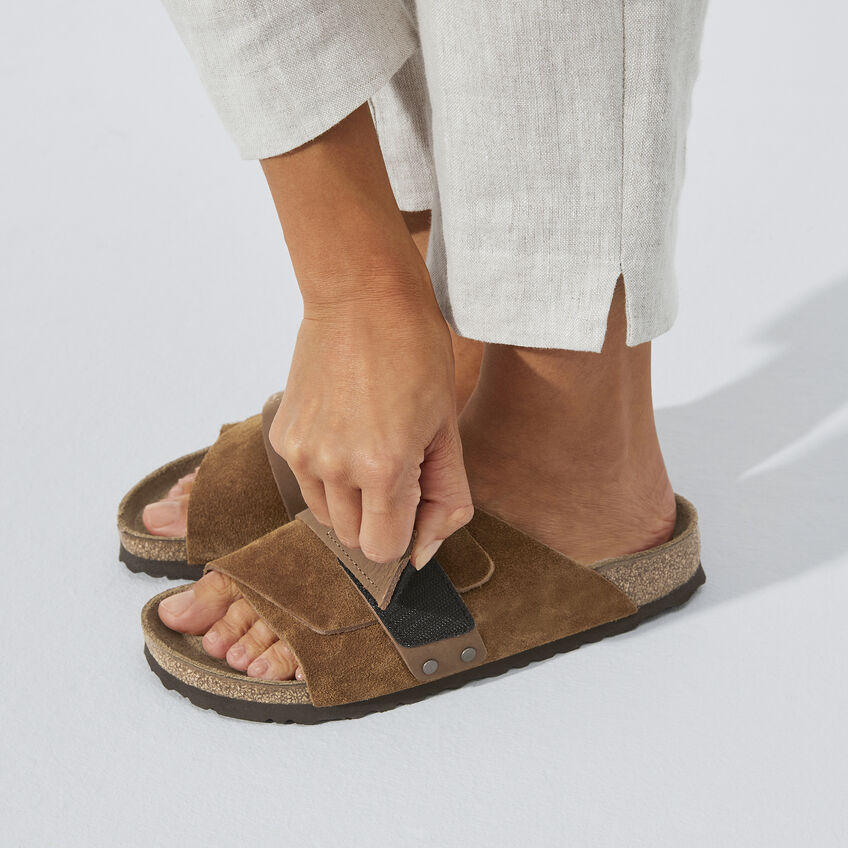
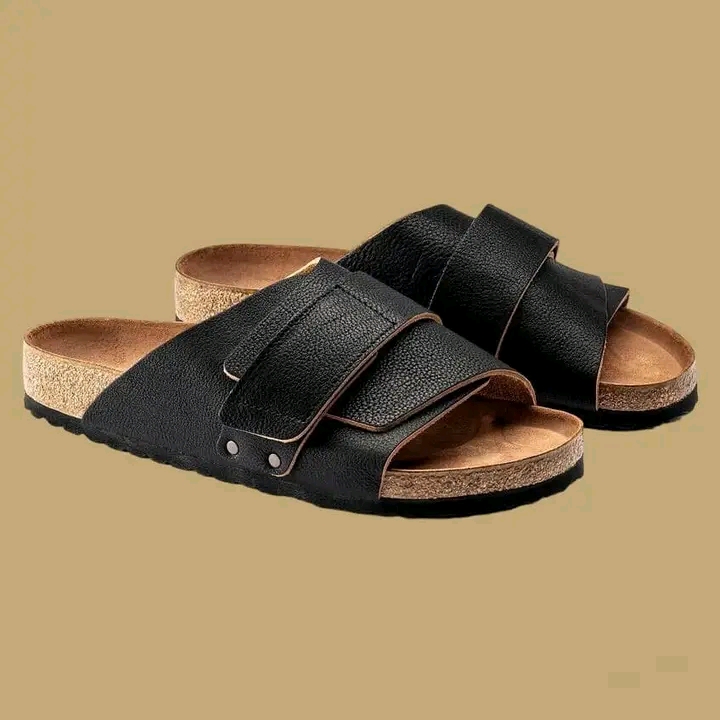


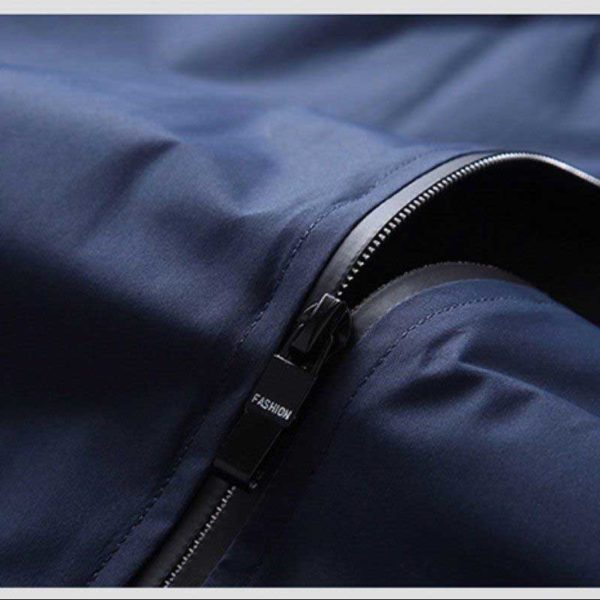



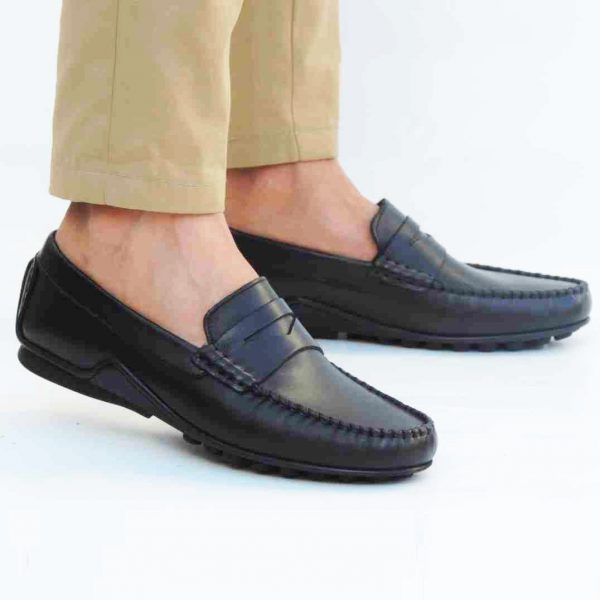







Reviews
Clear filtersThere are no reviews yet.